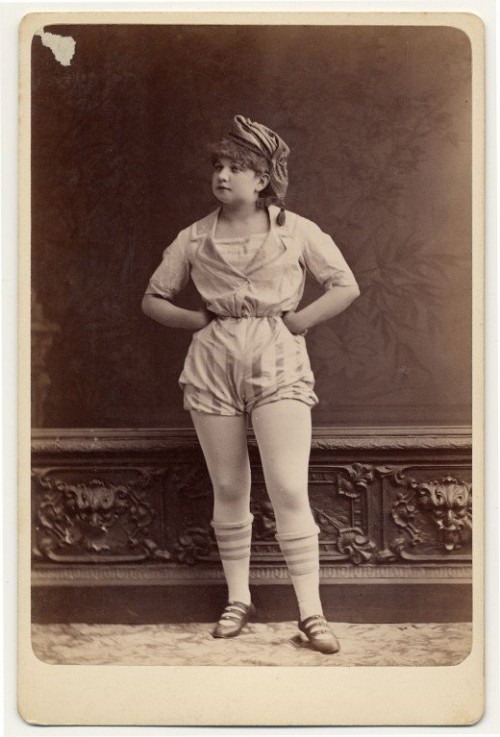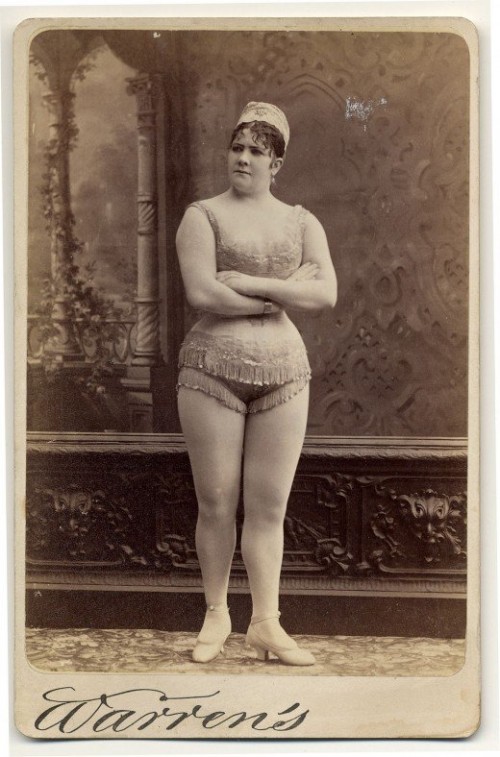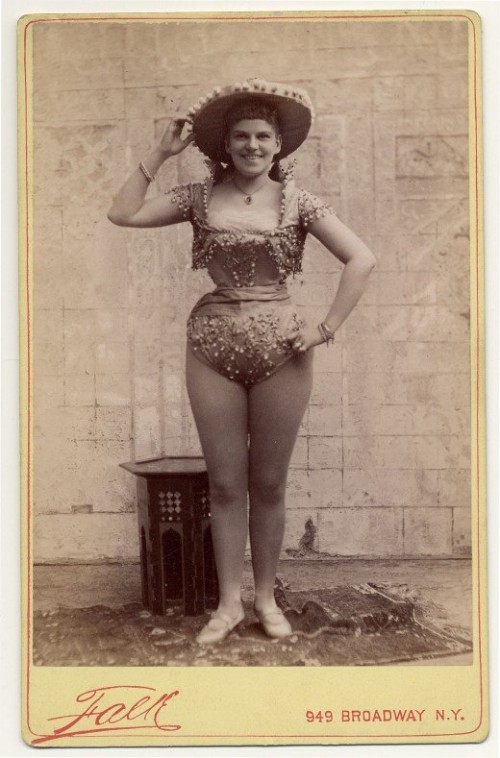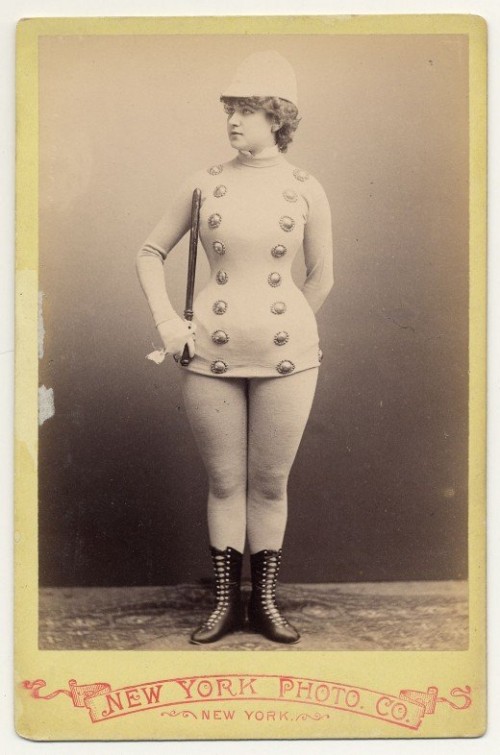
Katniss Everdeen ...complicated, at times unlikeable, but also practical and handy with a longbow.
Thank goodness for Katniss Everdeen. The hero of The Hunger Games, which hit cinemas at midnight, is complicated, at times unlikeable, but also practical and handy with a longbow; she is the glue that keeps her family together and the pawn who brings down the nefarious ruling class’ Game. She is also a rare creature in the mainstream movie world: a strong, female character who isn’t a Strong Female Character.
Lest I blind you with semantics, the Strong Female Character is that tiresome cardboard cut-out that Hollywood seems to think will make up for decades of male-focused filmmaking. She’s tough and uncompromising and not particularly three-dimensional, probably because neither were the reams of Strong Male Characters who came before her.
Think of Katherine Heigl in One For The Money, or if that doesn’t crystallise the concept adequately (don’t worry, not many people saw it), this brilliant Kate Beaton comicshould sum it up for you.

Feminine strength ... The Hunger Games breaks advance-ticket-sale records .
You see, the dearth of female writers and filmmakers working in mainstream cinema (please come back, Amy Heckerling and Penelope Spheeris) means that the bulk of Strong Female Characters come from the minds of Joe Screenwriter and Ralph Bigshot Producer, who don’t necessarily have the most nuanced ideas about womanhood.
Advertisement
Quite often, particularly in the case of action films, and this is also especially true in comic books, this means that the motivation that drives Strong Female Characters is revenge, inevitably after having been raped or assaulted. (You don’t want to know how often the phrase “after she is brutally raped...” is trotted out in action and thriller pitches.)
Whether or not the filmmakers choose to employ that grim piece of character motivation, however, inevitably the Strong Female Character only serves to alienate most female viewers since – as Gretel Killeen once said – “at the risk of sounding like a tampon commercial, a woman knows”: a woman knows that women are a helluva lot more complex than your average Strong Female Character.
There are, of course, some exceptions. Ellen Ripley, the centre of the Alien universe, is often wheeled in when debate turns to the Strong Female Character. The character was written, by Dan O’Bannon, as male, and producers Walter Hill and David Giler swapped in Sigourney Weaver when they thought that casting a woman would set the film apart from the dude-heavy sci-fi cinemascape.
I’m inclined to think that it was in collaboration with James Cameron (who wrote and directed the sequel, Aliens) that Weaver took Ripley to another level. There’s a distinct feminist tone to much of Cameron’s work and it was in his hands that Ripley became far more complex than her Alien incarnation, in which she was more or less a “final girl”, but then again, Alien is really a horror movie, so that’s not surprising.
If you’ll permit me a brief digression, if only Cameron were in charge of the Strong Female Character dream factory, perhaps the multiplex wouldn’t be such a barren place. In her exceptional 2009 profile of the filmmaker for the New Yorker, Dana Goodyear nailed the Cameron oeuvre:
'Hollywood metonymy for female characters is “handbags,” also known as “girlfriend parts”—in other words, incidental sidekicks. Gale Anne Hurd, Cameron’s second wife, and the producer of his first three films, says that Cameron always found women more interesting than men as protagonists. “He felt that they were underutilized in sci-fi, action, and fantasy,” she said. "And that just about everything you could explore in a male action hero could be explored better with a woman."'
(And anyone who still doesn’t agree that Cameron is a feminist filmmaker should watchNew York Times film critic A. O. Scott’s assessment of Aliens.)
The Strong Female Character trope isn’t the only way in which filmmakers seem determined to rise (or sink) to men’s level; from female-fronted gross-out comedies likeBridesmaids or the upcoming Bachelorette to the rash of rape jokes in woman-centric sitcoms like Whitney and 2 Broke Girls, the drive to beat the boys at their own game is creating a grim cinematic landscape indeed.
Why are we so keen to have what men are having? It’s not a matter of being “better than”, but given the bulk of high concept comedy over the past decade has featured plenty of dudes swearing and talking about bodily functions, aren’t we done with it?
Strong Female Characters are just as dull as their male equivalents. The reason action films like the Bourne franchise did so well was because of the complex nature of the character. But whenever we’re promised a female spin on Jason Bourne, we end up with clichéd visions of female revenge like the regrettable Zoe Saldana vehicle Colombiana(tagline: “Revenge is beautiful”; I guess they’re not even trying to pretend anymore).
What’s encouraging is that more money is being poured into films that depict female strength in a variety of ways: Mia Wasikowska as the “poor, obscure, plain, and little” Jane Eyre, Michelle Williams as the stoic young wife of a prospector on the Oregon Trail inMeek’s Cutoff, Vanessa Redgrave as the warmongering “stage mother” in Coriolanus. And, yes, Jennifer Lawrence as Katniss Everdeen.
If female moviegoers have previously voted with their wallets by not seeing dreadful Strong Female Character fodder like Elektra or One For The Money, then in breaking advance-ticket-sale records by snapping up tix to The Hunger Games, we’re sending a similarly loud message to Hollywood: more, please.






 Lisa Wade is a professor of sociology at Occidental College. You can follow her on Twitter andFacebook.
Lisa Wade is a professor of sociology at Occidental College. You can follow her on Twitter andFacebook.